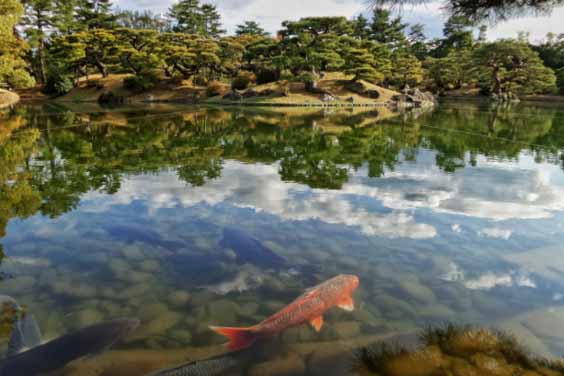
Source: Pixabay
There are many options available for people who want to add some glamour to their compounds. Most go for gardens which provide them with a weekend hobby on top of turning their compound into a quasi garden of Eden. But there is one other thing that will turn all your neighbors green with envy, and that is a fish pond.
Fish ponds add a dynamic touch to your backyard, even when the space is limited. There are a lot of things involved in having one on your property, and if rearing fish in them is your goal then this ultimate guide for pond filter media is what you need.
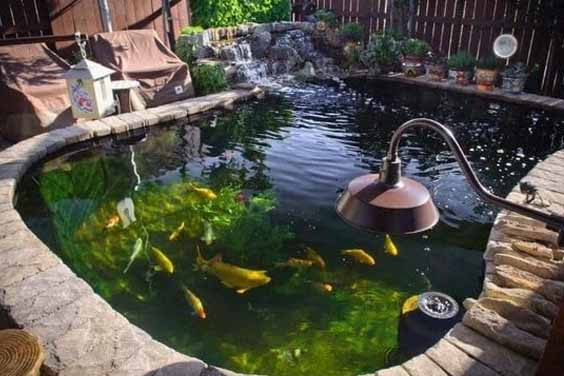
Source: Pinterest
A pond filter media is a device that is used to clean the water to make it safe and habitable for pond fish and any other animal you may choose to have in your pond. Some of the contaminants that may pose a threat to the fish include algae, debris like leaves and sticks, garbage, organic waste, and a host of other unwanted materials.
Pond filter media come in different sizes depending on the size of the pond and the size of the fish involved. Bigger ponds and bigger fish will require bigger filter media because there is more waste involved, and vice versa.
The important thing to note here is that ponds are not self-cleaning systems like rivers and seas, therefore, without human intervention the water would turn murky very quickly.
In terms of functionality and how they work, pond filters can be categorized into three major groups that include the following:
Mechanical pond filters work by physically trapping debris from the water in various ways. In most ponds, it is the first point of cleaning the water that makes work easier by getting rid of heavy contaminants.
Every pond must have a mechanical filter media set up as a bare minimum at least because they reduce the workload for the other cleaning processes.
Mechanical pond filters work by taking advantage of gravity, it is a setup that works best in a pond that has a waterfall. Each level is lined by barriers that trap leaves, sticks, and any other material while letting only water through.
Much like an aquarium filter media, a biological filter media comes in when the tiny contaminants that a mechanical pond filter cannot handle. It takes the role of a mini sewage system for the pond. It takes advantage of bacteria that break down waste while keeping the pond oxygenated at all timers.
The waste that gets broken down by bacteria include feces, excess food, and any other organic material that may find its way to the floor of the pond.
These bacterias usually occur naturally on their own but in some cases, you may need to culture them. Natural rock surfaces can do the trick or you can introduce artificial items like large ceramic rings or bio-balls.
Contrary to popular expectations, chemical pond filters do not make use of chemicals to keep the ponds clean. Using any kind of cleaning chemical like chlorine may indeed clean the water but it would kill the fish too. The agent used in this category is activated carbon.
Activated carbon has high absorption capabilities thanks to its porous nature. As water flows over and through activated carbon, all the chemical pollutants that discolor water or give it a bad odor are absorbed.
However, activated carbon is limited as it cannot deal with nitrates or ammonia. This Is the reason why most ponds make use of all three types of filters for maximum effect.
Having established how important pond filters are, there are various options to choose from, each designed to suit different needs. To better help you make the right choice, the following is a quick look at the different pond filter media types you can consider.
Skimmer filters function by removing foods, leaves, sticks, and any other object that may fall into the pond. Their main work is to prevent any alien material from finding their way to the bottom of the pond where they may decompose and become food for algae which are bad for fish.
Skimmer filters are ideal for big sized ponds that can handle over 250 gallons of water They are usually positioned at the water level just a short distance from the pond liner. If you want your pond to have water plants like lilies then a skimmer filter is not what you should go for.
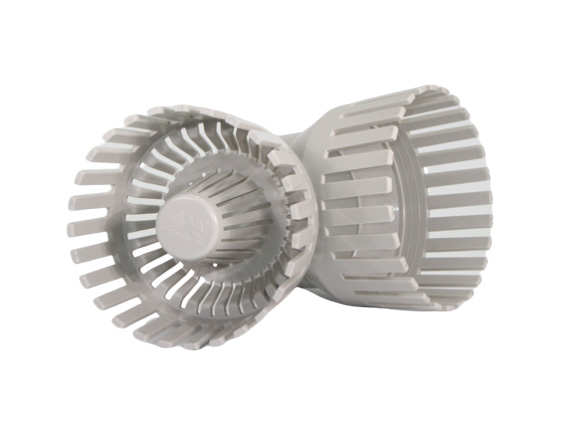
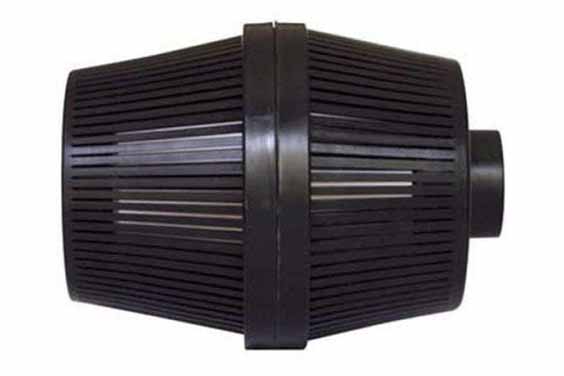
Pre-filters are usually attached near the intake of a pond’s pump with the express role of stopping algae, fish feces, and leaves from getting into the biological filter. Biological filters are only effective when they deal; with water that does not contain huge debris. Pre-filters are best used in smaller ponds.
This is the most common and the most popular pond filter because of how easy it is to use it. They are mechanical setups that filter by pushing the water through a filter sponge that traps debris, garbage, and other particles before the water goes to biological filters.
Pressure filters are versatile enough to be used in any kind of pond; whether it is a waterfall pond, a stagnant one, or the type that has streams of moving water. Another endearing feature is their ability to be installed under the water and even under the ground allowing them to perform their functions without disrupting the landscape.
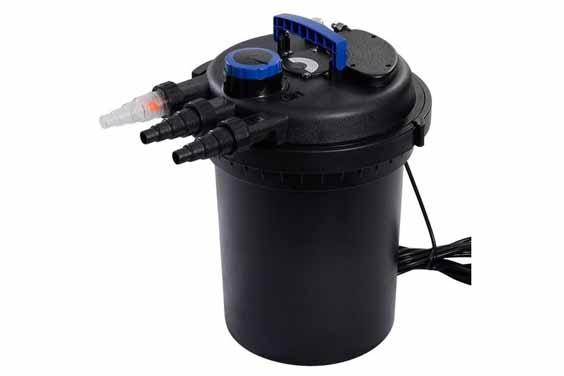
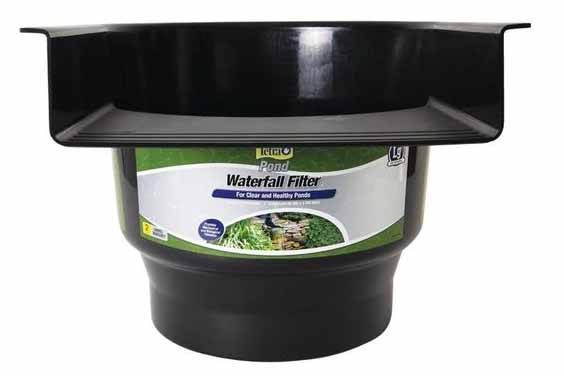
These are filters that make use of the gravity provided by waterfall ponds. They are positioned at the highest point above the water line and not only clean the water off debris but the constant churning of water ensures that the water is well aerated. Another stand out feature of the filter is its ability to provide both mechanical and biological filtration processes, making it a cost-effective filter media type.
A waterfall filter can be hidden away into the rocks and the ground to give the impression of another waterfall, adding an aesthetic touch to your pond without interfering with how the landscape looks like.
This is the most advanced type of pond filter that primarily targets the growth of algae by blasting them with UV rays that are harmful to them but harmless to fish. Although not common, UV sterilizers are the safest and most effective option for getting rid of unwanted algae growth in the water. They work best in small ponds and that is why they also double up as an aquarium filter media.
Then only two disadvantages of using this method are that it is a very expensive technique that many pond owners cannot afford. The second drawback is that it also kills beneficial bacteria that help in getting rid of ammonia and nitrates. Therefore, it cannot be used alongside biological filtration.
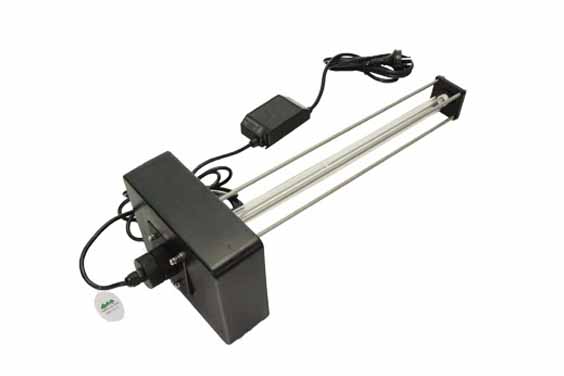
The choice of pond filter material is subject to a number of factors, some beyond your control. These factors should act as your guide when you start your journey of being a pond owner. They include the following:
Bigger ponds will require bigger filtration systems and vice versa. Pond filter media come in varying sizes with the cost going up the bigger they get. In general, bigger ponds are harder to maintain and will require more than one filtration type for them to stay clean. Smaller ones on the other hand can make do with mechanical filtration coupled with you taking care of other things personally.
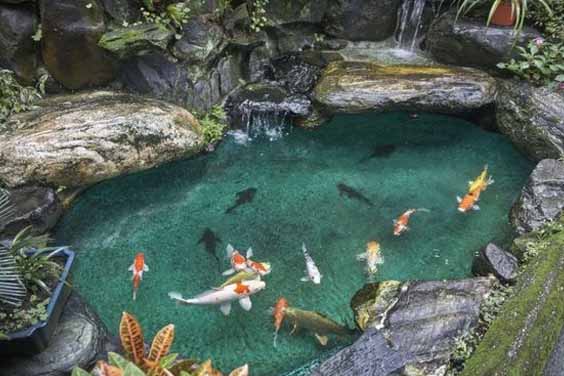
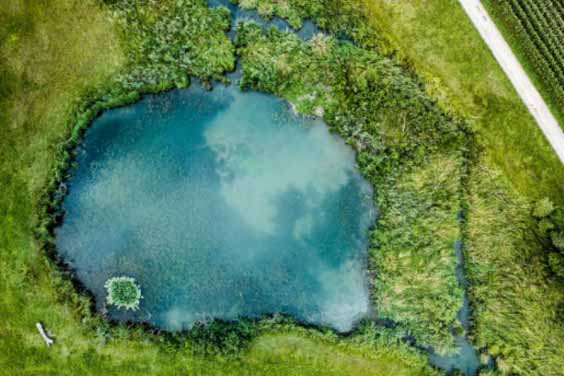
Where there is water, plants are bound to grow around it and the same applies to a pond. However, there are some areas that are too harsh for plants to grow. A pond in a dry climate will have less plant debris compared to a pond in a wet climate. Wet climates also favor the growth of algae much faster than hotter climates.
Like everything else in life, you can only get what you can afford. The more sophisticated a filtration system is the more it will cost you. Mechanical systems are the cheapest as they make use of natural processes like gravity to clean the water. UV sterilizers on the other hand will cost more owing to the technology involved. You should not spend too much and end up in the hole.

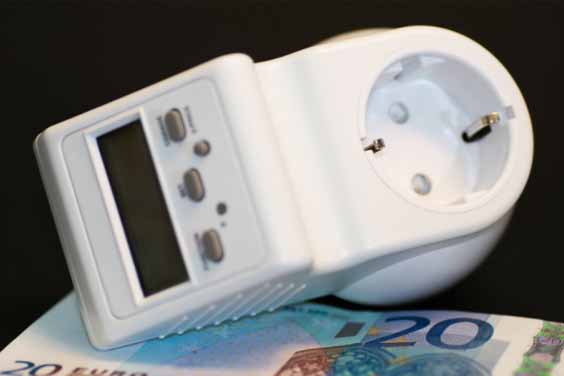
Some filtration systems require pumps to run constantly for the water to circulate. This requires electricity and if you are not careful enough, you may end up spending a lot on settling those bills. If It is necessary that you have an electric pump, go for one that does not consume too much energy if you wish to reign in on your spending.
The depth and the breadth of the pond determine the amount of water a pond can hold. Customarily, ponds are not supposed to be too deep and this has a lot to do with the amount of water required to fill it up. The more the water the harder it will be for filtration systems to work as they will have to clean more water than they may be designed for.
Therefore, when designing your pond, pay close attention to its water capacity to avoid spending too much on it once it is running.
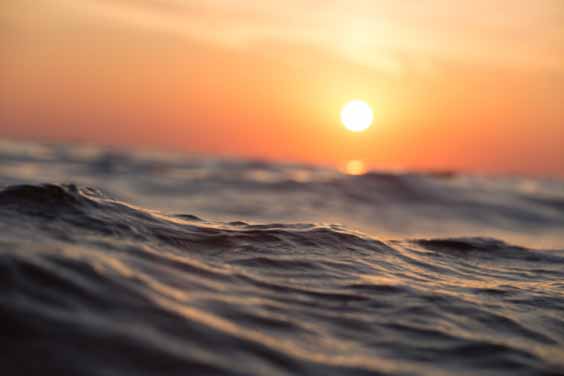
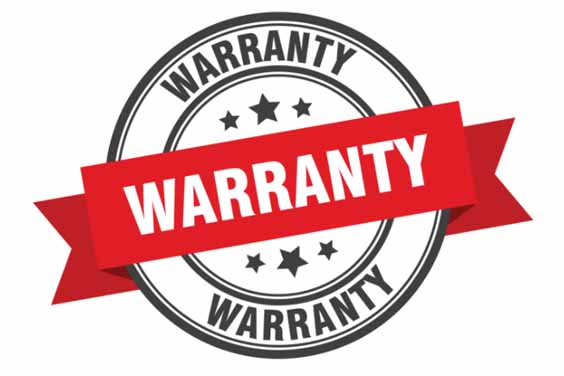
Water is a corrosive element and with pumps, ceramic filter rings, and other devices being submerged in it and passing liters of water daily, they are bound to run into mishaps. When choosing the right filtration system for your pond, ensure that the manufacturer offers you the best warranty you can get. Pumps especially are prone to breaking down much quicker than other equipment, therefore only buy what has the longest warranty to get the best value for your purchase.
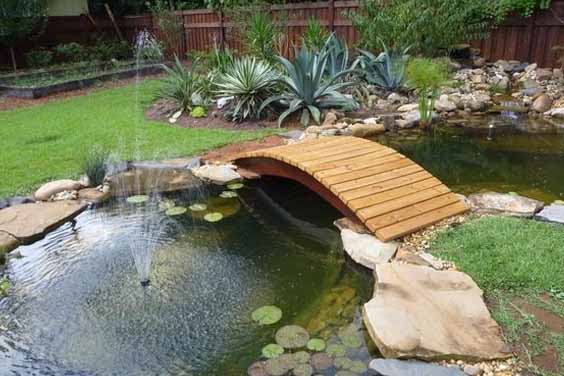
Source: Pinterest
For pond filters to clean the pound, they themselves have to be clean and maintained at all times. The following are ways through which you can ensure your pond cleaning equipment is in tiptop condition.
Make it a habit to rinse the filter media inside mechanical filters at least once a week. Disassemble the whole equipment and take out any debris that may be stuck inside. Too much debris may clog up the whole system causing the mechanical filter to function below capacity.
If you have a skimmer, clean it once a week to get rid of any objects that may be stuck inside.
Where biological filters are involved, conduct maintenance at least once a year. The time it takes for beneficial bacteria form makes regular maintenance a counterproductive measure. Cleaning the filtration system once a year helps control the population of the bacteria while giving them a new chance to repopulate again.
Make use of activated carbon as much as you can. It is a better alternative to dowsing the pond with chemicals that may end up hurting the fish in the process. Activated carbon, especially activated coconut carbon, will absorb all the odors and get rid of discoloration.
Try to get rid of nearby plants that may grow too close to the pond. They may dislodge the foundation of the pond using their roots and this could create cavities that will make the water seep out, leaving the fish with murky water with limited oxygen. Plants also dispose of a lot of debris into the pond and this will only add more work.
Replace the filter media when necessary. There are a number of ways you can tell whether a filtration system is not working anymore. For mechanical ones you can achieve that by simple observation, worn-out ceramic filter rings for instance become smoother. For chemical and biological options, you will have to test the water for the presence of toxins and a pH whose balance is not ideal for the fish. Once you have determined they are no longer working, replace them as soon as you can.
Make use of accessories like air diffusors to increase dissolved oxygen in the water for the fish. They are designed for easy insertion into the pond and can be removed at any time for cleaning and adjustments.
Keep the pond brushes clean and dry when they are not in use. Storing them while dirty will only provide room for harmful bacteria to latch on, causing problems when they are dipped into the pond.
When dealing with pond filter media, whether they are a sophisticated piece of equipment like a UV sterilizer or a simple aquarium ceramic ring; it is best to be informed beforehand because there is no room for mistakes. Fish are delicate animals and they react even to the slightest changes in their surroundings. It is highly recommended that you engage the services of pond media filter experts as much as you can. You can also get in touch with filter manufacturers who will gladly guide you and answer all the questions you may have.




Leave a Reply